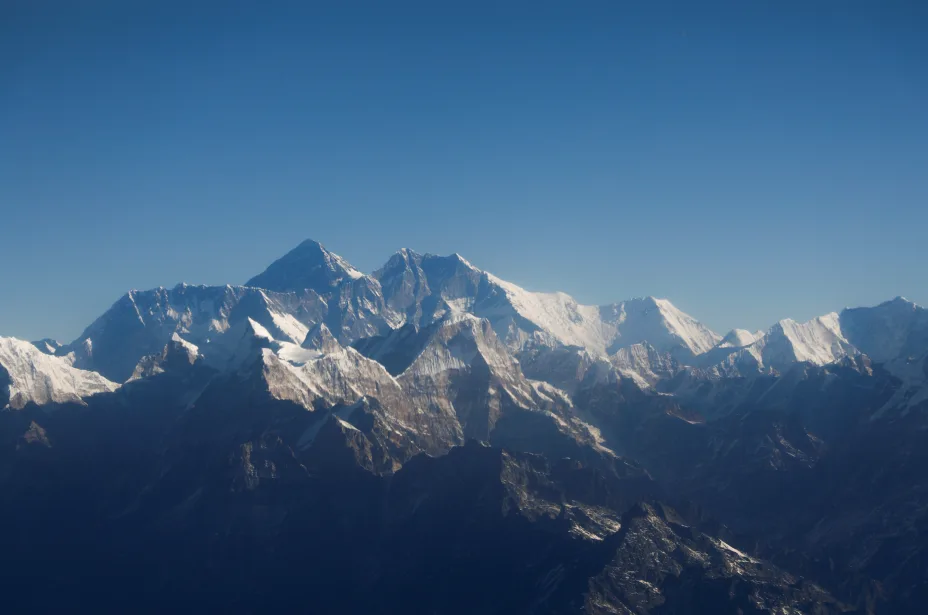
Climbers 2X as likely to reach Mt Everest summit but 'death zone' crowding soars
The number of Mount Everest summit attempts has soared over the decades, leading to a four-fold rise in crowding.
KATHMANDU (Reuters) - Climbers tackling Mount Everest are twice as likely to make it to the summit and slightly less likely to die than two decades ago, despite a sharp increase in crowding in the so-called "death zone", a study released on Wednesday showed.
Between 2006 and 2019, around two thirds of climbers were successful in their attempt to reach the summit, compared to around a third in the preceding 15 years, according to the study by the University of Washington and the University of California, Davis.
The risk of dying on the mountain stood at 0.5 percent for women and 1.1 percent for men, down from 1.9 percent and 1.7 percent in 1990-2005, the study said.
The number of summit attempts has soared over the decades, leading to four-fold rise in crowding. In 2019, 955 people attempted to reach the summit, up from 222 in 2000. The study showed that on a single day in May 2019, 396 climbers had gathered at the narrow route below the summit - known as the "death zone".
Nine climbers died on Everest in May last year, making the season the deadliest since a 2015 earthquake that killed at least 18 people at the base camp.
A photograph of climbers waiting their turn to go up and descend from the summit at the single-roped narrow route went viral, although officials say the crowds were not the main reason for those deaths.
"Surprisingly crowding has no evident effect on success or death during summit bids," the study's abstract said.
However, it still exposes climbers to more danger.
"If crowding slows climbers (as is expected), this increases their exposure to the elements, which should increase risk of an accident or illness," Raymond B Huey, lead author of the report said.
"Moreover, one unexpected storm, earthquake, or avalanche could be disastrous on a crowded route," Huey told Reuters by email.
Climbers have expressed concern that Nepal was issuing permits to anyone willing to pay the $11,000 fee. Nepal plans to change climbing rules and make guides, fitness and experience of climbing a lower mountain mandatory for Everest to raise safety levels, tourism department official Mira Acharya said.
Nepal has opened its mountains for climbing after closing them due to the coronavirus pandemic, but Acharya said mountaineering was uncertain as international and domestic flights are yet to restart.
Mount Everest has been scaled by more than 6,000 climbers since it was first scaled by Edmund Hillary and Sherpa Tenzing Norgay in 1953. At least 311 people have died.
Reporting by Gopal Sharma in Kathmandu; Editing by Alasdair Pal and Raissa Kasolowsky










